Baldur’s Gate 3 has tons of potential for builds that can completely break a character. Whether you enjoy gigantic damage numbers or random events occurring all around you, there are plenty of fun builds in BG3.
In this article, we’ve compiled the most enjoyable BG3 builds in no particular order. Let’s dive in.
10 fun BG3 builds for you to try
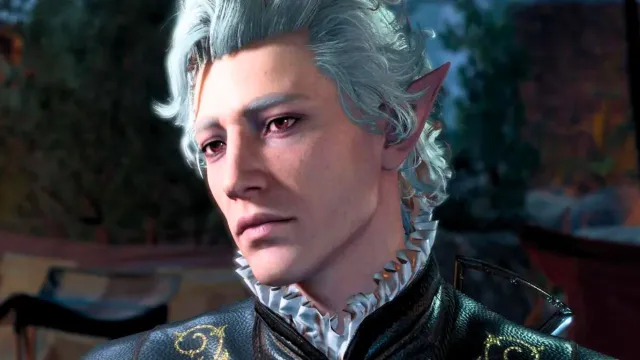
There are many ways you can create an enjoyable BG3 character, but we’re going to avoid the most obvious choices. A level 12 Wizard can be plenty of fun, with a mixture of impressive spells, class abilities, and impact in fights. But anyone can make a level 12 Wizard—we want to make something impactful that isn’t so run-of-the-mill.
As such, here are 10 builds that range from useful outside combat to unkillable in combat, capable of unleashing pure chaos.
Out-of-combat Assassin
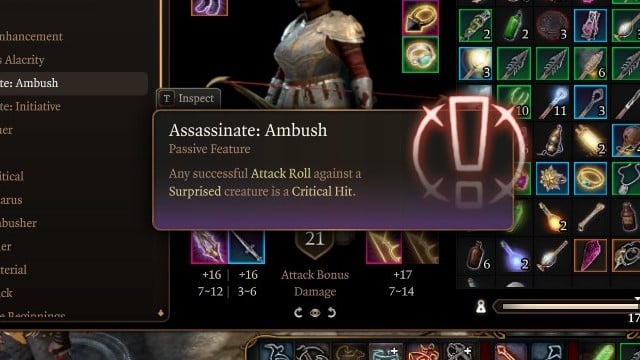
This build is one of our favorite multiclass options. The goal is to use a mix of the Assassin Rogue‘s starting-fight damage with the Gloom Stalker‘s additional first-round utility to become a monster of the very first turn, and relatively lackluster afterward.
- Important aspects of the build: Rogue three (Assassin), Ranger five (Gloom Stalker, Extra Attack).
- Best Races: Wood Half-Elf or Wood Elf, Drow Half-Orc.
- Best Feats: Sharpshooter, Ability Score Improvement (Dexterity).
- Best Gear: Gontr Mael, The Deathstalker Mantle, Bloodthirst.
- Role in a party: Lockpicker, sneaky fella, burst damage.
- Is this build optimal? For some fights.
- How late-game is it? By level three.
The point of this build is to use a bow or other ranged attack to annihilate people before a fight even begins. With careful planning, you can easily pick off weak enemies while staying in stealth, out-of-sight. Then, you can dome someone tankier for critical damage to enter the fight and still get a first turn. With great game knowledge, this is an absurd build that abuses Larian’s system design beautifully.
With this build, you can try the highly ill-advised method of beating the game with nothing more than a single character. If you can annihilate your foes before actually engaging them in battle, who needs a party, right?
For boss fights, however, your damage and in-combat utility will be lower than a more dedicated Rogue build. In addition, there are some fights you simply can’t enter with a sneaky critical hit unless you’re playing multiplayer.
Wild Magic chaos
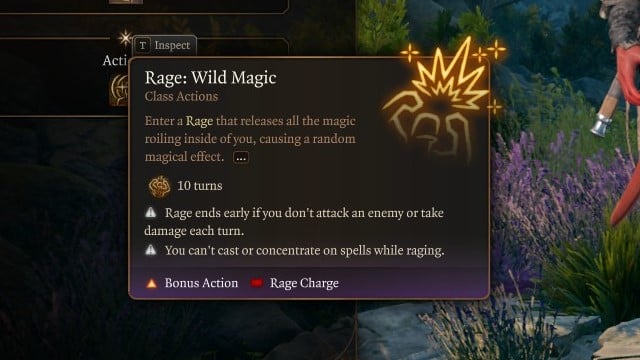
A Barbarian tends to have a simple job of charging into battle and beating face. This Barbarian build provides a strange utility that makes them surprisingly useful.
- Important aspects of the build: Barbarian three (Wild Magic), Sorcerer one (Wild Magic)
- Best Races: Half-Orc, Tiefling, Wood Elf.
- Best Feats: Great Weapon Master, Ability Score Improvement (Strength), Ability Score Improvement (Charisma).
- Best Gear: Ring of Feywild Sparks, Shield of the Undevout, Balduran’s Giantslayer, Bonespike Helmet.
- Role in a party: Chaotic tank.
- Is this build optimal? Absolutely not. Not in any way, shape, or form.
- How late-game is it? Barbarian three.
Wild Magic Barbarians and Wild Magic Sorcerers share a feature that occasionally causes a Wild Magic event to occur. This event ranges from enhancing all nearby weapons with automatic critical hits to lighting everyone nearby on fire or even spawning bombs around you. By adding the Wild Magic Barbarian to the Wild Magic Sorcerer, you maximize your chance to cause utter chaos during a fight.
The Wild Magic Barbarian isn’t just chaos, though. Later on, they become an amazing support character for casters through their Bend Luck and Bolstering Magic abilities. We recommend focusing more on your Barbarian half than your Sorcerer side since Rage is so all-consuming compared to your spellcasting. That said, investing more into Sorcerer can be helpful: If you get to level five, a non-raging Barbarian can Haste someone, making them a threat even without their anger issues.
The S-Mighty Paladin
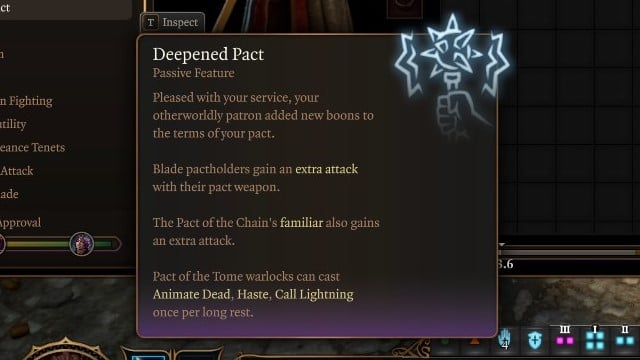
Have you ever wanted to Smite four times a turn? How about five? This is a super late-game build that relies on little except Charisma.
- Important aspects of the build: Paladin five (Oath of Vengeance/Oathbreaker), Warlock five (The Fiend/Pact of the Blade), Fighter two.
- Best Races: Wood Elf or Wood Half-Elf.
- Best Feats: Polearm Master, Ability Score Improvement (Charisma).
- Best Gear: Selûne’s Spear of Night, Halberd of Vigilance, Birthright.
- Role in a party: Frontliner, burst damage.
- Is this build optimal? For short periods of time.
- How late-game is it? Level 11 to 12.
The S-Mighty Paladin uses the unique interaction between Extra Attack and Deepened Pact to be able to swing three times per round—an ability only shared by high-level Fighters and Wild-Shaped Druids. This build is also somewhat versatile, as you can replace the Fighter’s burst damage with further Paladin levels to get Aura of Protection or Warlock levels for spells.
This build chews through spells like it’s nothing, but those spells translate directly into d8s of damage. If you like seeing huge radiant numbers fly out of your enemies, this is the build for you.
Lightning Charge Cleric
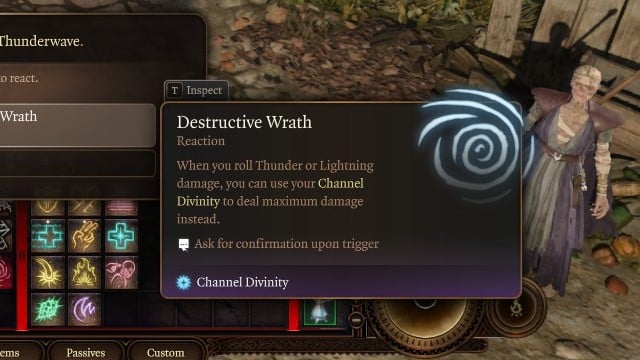
We think the Tempest Cleric has a ton of value in the early and mid-game, with the ability to instantly end encounters with max-rolled Lightning and Thunder spells.
- Important aspects of the build: Tempest Cleric six.
- Best Races: Tiefling, Gold Dwarf.
- Best Feats: Ability Score Improvement (Wisdom), Lucky, Resilient (Constitution).
- Best Gear: The Spellsparkler or Markoheshkir, The Speedy Lightfeet, Protecty Sparkswall, Lifecharger, Jolty Vest.
- Role in a party: Tanky damage dealer.
- Is this build optimal? For a damage-centric Cleric, yes. Not for a support.
- How late-game is it? By act two at latest.
The Tempest Cleric has some synergy with dealing consistent Lightning damage through Lightning Charge-based gear. Equipment like the Protecty Sparkswall, Lifecharger, and Jolty Vest provide utility by dealing Lightning damage on each attack, giving your Cleric further options to max out damage and devastate your foes.
If you are particularly devilish, a two-level dip into Fighter can give you Action Surge and a Fighting Style. Action Surging two max-rolled Destructive Waves (or even Shatter) can deal a massive amount of damage to many different targets in a single turn, without worrying about bad d6s or d8s ruining your kills. You could also multiclass into Storm Sorcerer, giving you access to a few more devastating Lightning spells—at the cost of your high-end Cleric spell slots. You haven’t lived until you’ve max-rolled two Lightning Bolts into a crowd of foes.
Eldritch Blast crit-fishing Warlock
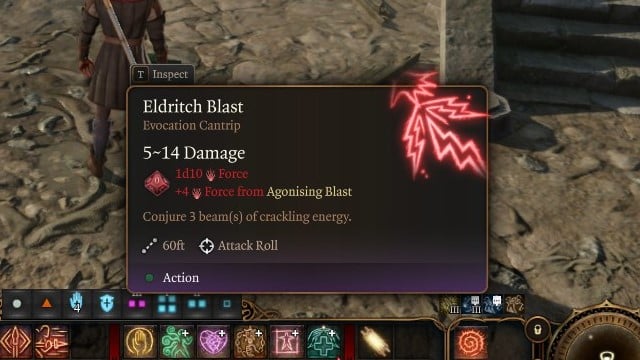
Eldritch Blast is well-known for being an excellent source of damage for the Warlock. What if we can do much, much more with it? Like, making it the focus of our entire build?
- Important aspects of the build: Fighter three (Champion), Warlock two (The Great Old One/Agonizing Blast)
- Best Races: Asmodeous Tiefling, Lightfoot Halfling.
- Best Feats: Spell Sniper feat for crit, Ability Score (Charisma).
- Best Gear: Potent Robe, Birthright, Elixir of Viciousness, Bloodthirst, The Dead Shot.
- Role in a party: Ranged damage dealer.
- Is this build optimal? Yes.
- How late-game is it? Late act two, early act three.
We recommend investing more into Warlock than Fighter. While Fighter can get you more feats and Extra Attack, our turns are almost entirely dedicated to Eldritch Blast, which needs no additional attack. Just cast Hex on targets and spam out Eldritch Blast with an 18-20 critical hit range, down to 17-20 with Elixir of Viciousness or more with crit-focused equipment. You’re bound to land critical hits consistently. Which, with Hex active and an Action Surge in the tank, can turn into really big turns.
Flashing fists
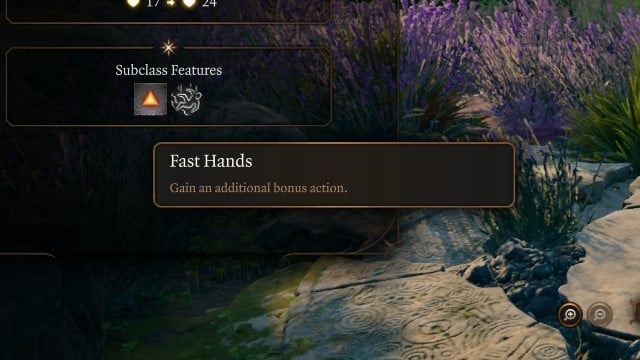
The Monk is one of the few classes in the game to have too many bonus action options for the single one we get per turn. Thankfully, another class can help us out.
- Important aspects of the build: Rogue four (Thief), Monk eight (Way of the Open Hand)
- Best Races: Half-Orc, Wood Elf or Wood Half-Elf.
- Best Feats: Tavern Brawler, Ability Score Improvement (Strength), Ability Score Improvement (Wisdom).
- Best Gear: Gauntlets of Hill Giant Strength, Sentient Amulet, Corellon’s Grace.
- Role in a party: Single-target assassin.
- Is this build optimal? Close in terms of damage, not in utility.
- How late-game is it? Late act two, early act three.
With the help of Flurry of Blows or Martial Arts: Bonus Unarmed Strike, you can put a minimum of four and a maximum of six punches into a target—or eight, while Wholeness of Body is online. You can also Sneak Attack, a little cherry on top of the number of hands you’re throwing.
We’re more concerned with delivering those +10s to damage rolls from Tavern Brawler by boosting Strength as much as possible. If all six punches land, you’re getting around 6d8+60 damage per turn without the aid of unarmed damage gauntlets. That becomes even easier to do with Gloves of Hill Giant Strength, further catapulting your damage while letting you refocus on Dexterity, Constitution, and Wisdom.
The world’s angriest Druid
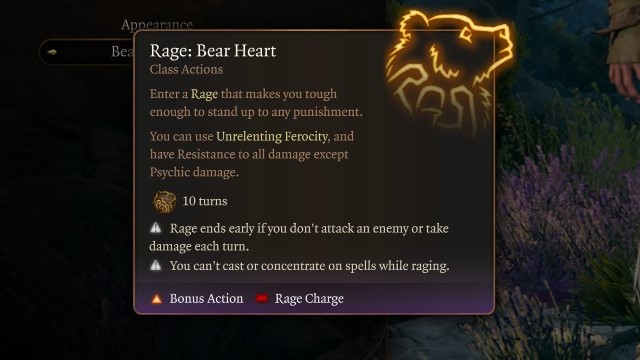
Getting angry at those who defile nature is your duty. By combining Rages with the gigantic temporary hit point pools of the Druid, you can tank hits for a long time.
- Important aspects of the build: Barbarian five (Wildheart), Druid seven (Circle of Spores).
- Best Races: Wood Half-Elf or Wood Elf, Half-Orc.
- Best Feats: Ability Score Improvement (Strength), Ability Score Improvement (Constitution).
- Best Gear: Armor of the Sporekeeper, Bonespike Helmet, Nyrulna.
- Role in a party: Resource-based tank.
- Is this build optimal? No.
- How late-game is it? Late act two, early act three.
A Circle of the Spores Druid specializes in spending a Short Rest resource to give you durability. Combine that with the Long Rest charges of Rage and you’ve got yourself a man of nature that’s can easily add 56 extra “health” that enemies have to chew through.
The Bear Heart build gives you resistance to everything except Psychic damage. So, you get the extra HP from your Wild Shape and the resistance from the Barbarian to make something difficult to pull out of hallways. Since Symbiotic Entity lasts until you lose your Temporary Hitpoints, you can throw it on out of combat and be ready to go right away.
In addition, unlike Circle of the Moon, you’re not missing out on weapon attacks. A Druid with a Greatsword might not sound too scary on the surface, but one that is resistant to almost all damage, deals additional slashing and necrotic damage, and has a high temporary hitpoint pool before nearly every combat? That’s not terrible.
Master of skills
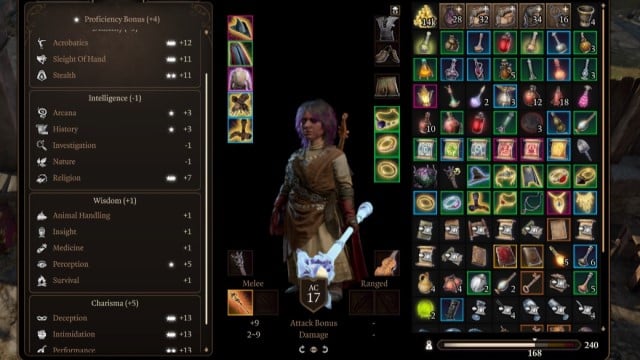
The Bard hasn’t quite made it on the list, has it? Even as a support character, the Bard is still great fun. Let’s use their abilities to dominate the out-of-combat sector.
- Important aspects of the build: Bard six (College of Lore), Rogue six (Thief).
- Best Races: Human, Rock Gnome, Lightfoot Halfling.
- Best Feats: Actor, Ability Score Improvement (Charisma).
- Best Gear: Jannath’s Hat, Mage’s Friend, Silver Pendant.
- Role in a party: Skill check overlord.
- Is this build optimal? No.
- How late-game is it? Early act three.
The entire goal of this build is to be able to tackle most of the ability check challenges of BG3 by level nine. With Bard Three, Rogue Six, and Actor, you have a total of eight skills with Expertise—which doubles your proficiency modifier. Two of those skills must be Deception and Performance, but they both come up quite often. We suggest also getting Persuasion, Sleight of Hand, Stealth, Intimidation, Arcana, and Perception as Expertise skills. These skills are often rolled, so making sure you have a high rate of success on them tends to be a good idea. You can add on the Half-Illithid ability, Illithid Expertise, to get automatic Expertise in Persuasion, Deception, and Intimidation, further opening up your options for skill checks.
Make sure to learn Enhance Ability if you really want to make sure no ability check can escape your wrath. But, seriously, take some aggressive spells like Hold Person or Haste. You’re not doing that much damage to enemies with this build, so improve what others can do instead.
Rogue arsonist
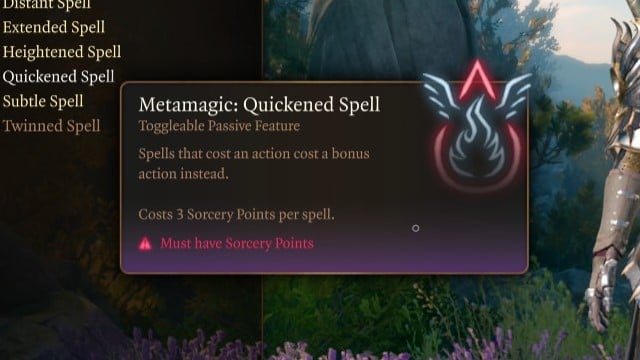
Some people just want to see the world burn. And you’re very good at that.
- Important aspects of the build: Sorcerer seven (Gold Draconic Bloodline), Rogue three (Thief), Fighter two
- Best Races: Gold Dwarf, Drow.
- Best Feats: Ability Score Improvement (Charisma).
- Best Gear: Pyroquickness Hat, Markoheshkir, Necklace of Elemental Augmentation.
- Role in a party: Burst damage.
- Is this build optimal? Resource intensive, but yes.
- How late-game is it? In order to cast all spells we talk about, you must be level 12.
This build abuses Larian Studio’s ruling of Quickened Spell and Haste to cast six spells (mostly Fireballs) in a turn. At the cost of nine Sorcery Points, you can cast three Fireballs as Bonus actions—The Pyroquickness Hat, in the Elminster Vault, gives us one and three Rogue levels gives us two—and then use Action Surge and Haste to spam two more. This is usually going to deal around 200 average Fire damage to the area of a Fireball, though it’ll leave your Sorcerer completely drained. Be sure to transfer some spells into Sorcery Points if you want to pull this off.
Intelligently tanking
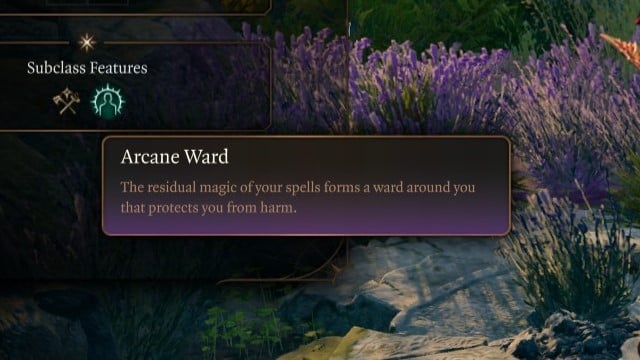
The Wizard is pretty good, but it has a big weakness in terms of durability. Let’s fix that, shall we?
- Important aspects of the build: Wizard 10 (Abjuration), Cleric one (War, Life), Sorcerer one (White Draconic Bloodline).
- Best Races: Gold Dwarf, Wood Half-Elf, Halfling.
- Best Feats: Ability Score Improvement (Intelligence), Resilient (Constitution)
- Best Gear: Markoheshkir, Reaper’s Embrace, Viconia’s Walking Fortress.
- Role in a party: Tank with a ton of utility.
- Is this build optimal? No.
- How late-game is it? Early act two, to a lesser extent.
By using the Sorcerer’s Armor of Agathys—granted by the White Draconic Bloodline—or the Cleric’s Shield of Faith, the Abjuration Wizard can consistently stack their Arcane Ward to higher heights. Alongside the Cleric’s Heavy Armor and Shield Proficiency, this build is absurdly tanky—taking very small damage from hits, reflecting that damage back with high-level Armor of Agathys cold spikes, and even shuffling that durability around to allies once you reach level 10. And once your turn rolls around, you get to crack back with up to sixth-level Wizard spells.
Others Asked
What is the advantage of multiclassing a Sorcerer with a Warlock in the game?
Multiclassing a Sorcerer with a Warlock is advantageous because both classes' primary ability is Charisma, creating a 'Charisma monster' useful in both battle and dialogue. This combination also provides access to powerful damage spells and supporting abilities.
Why do players consider Eldritch Blast a powerful spell in Baldur's Gate 3?
Players consider Eldritch Blast a powerful spell because it scales with character level, can have an extra blast with certain items, and allows charisma level to stack with its damage, making it potentially overpowered.
What makes the Warlock class balanced in Baldur's Gate 3?
Warlocks in Baldur's Gate 3 are considered the most balanced class because they have a great combination of offensive and defensive spells, supporting abilities, and summons to handle any situation.


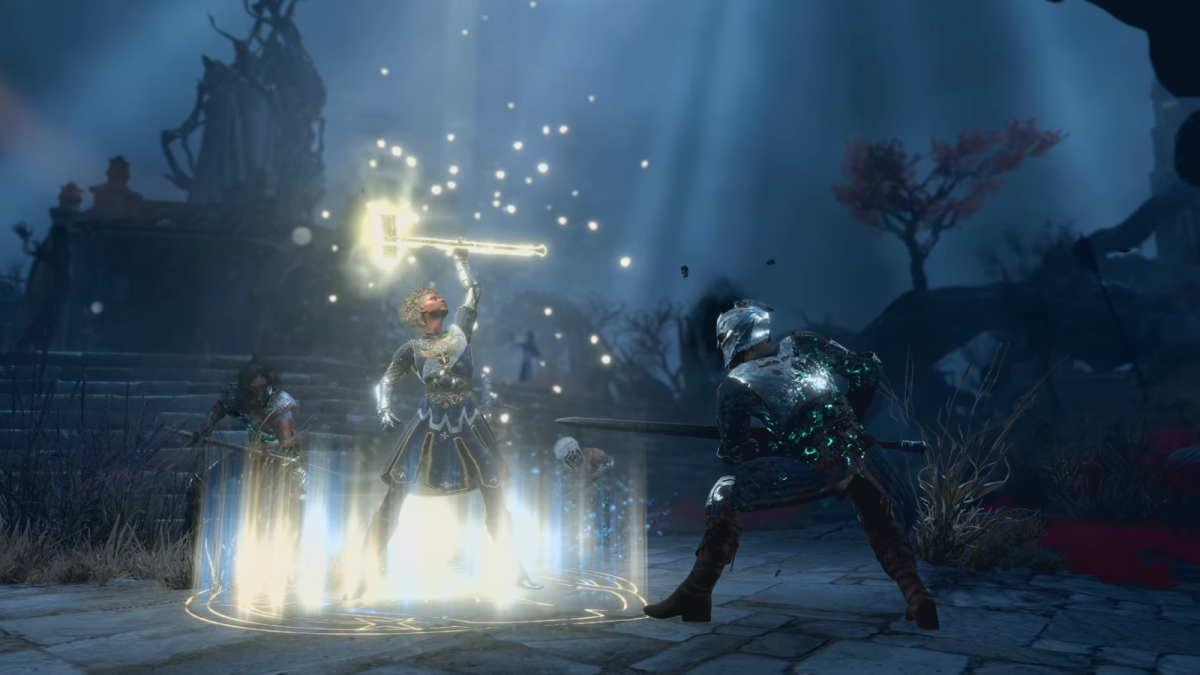
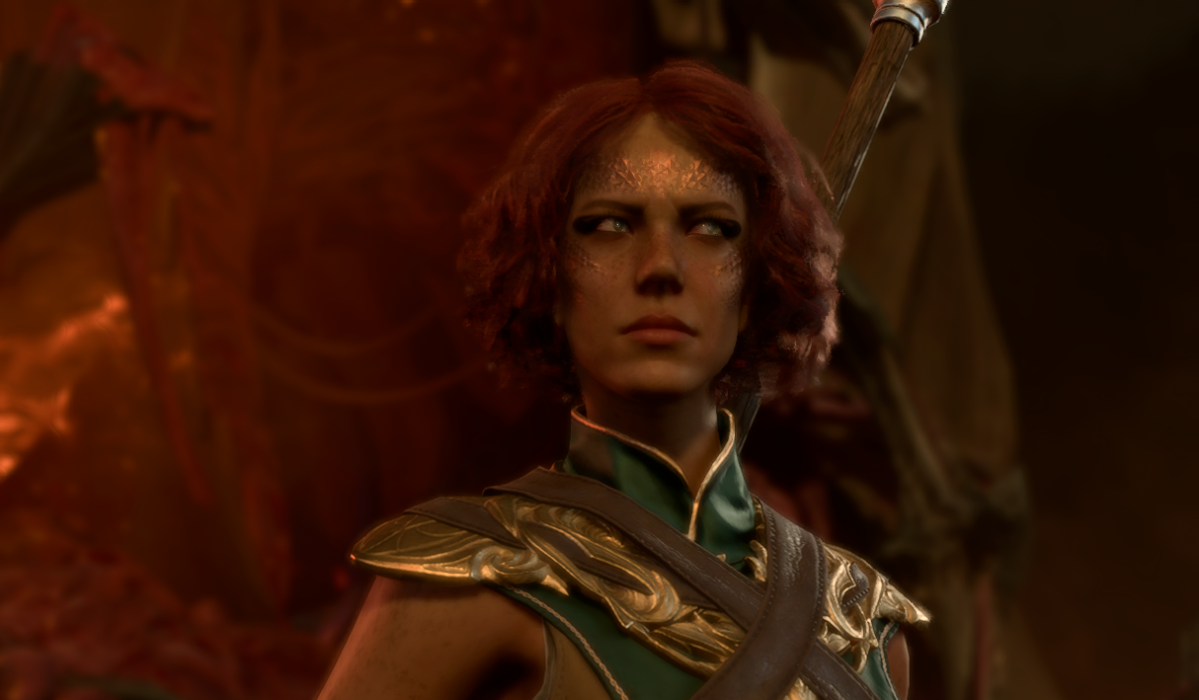
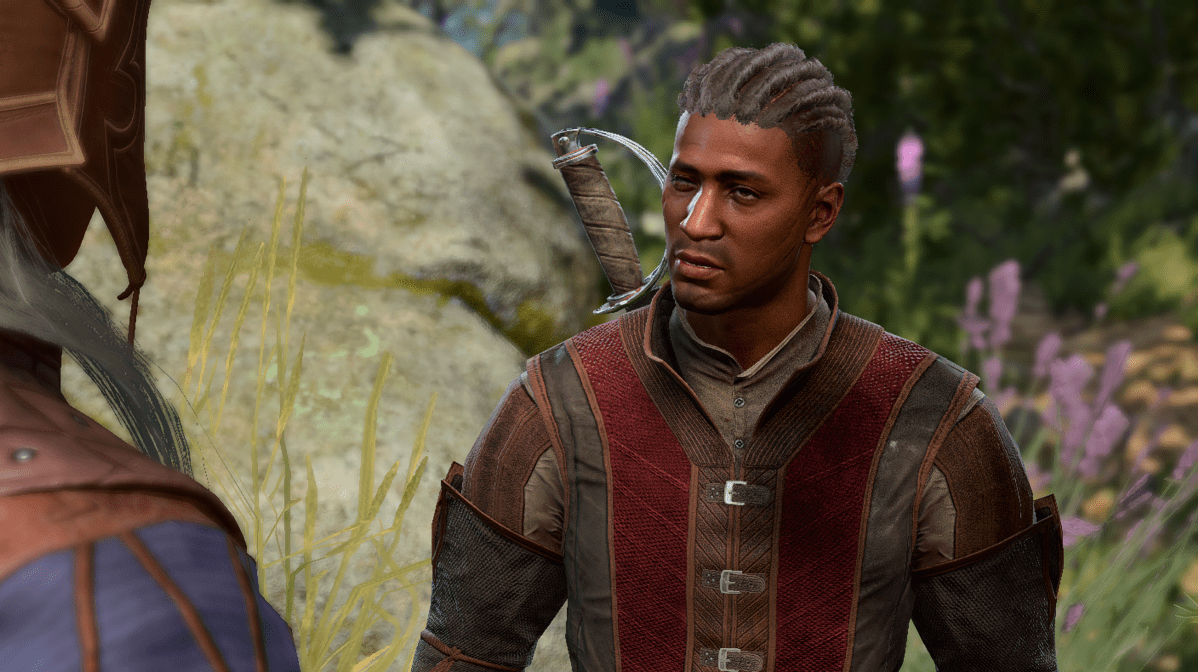
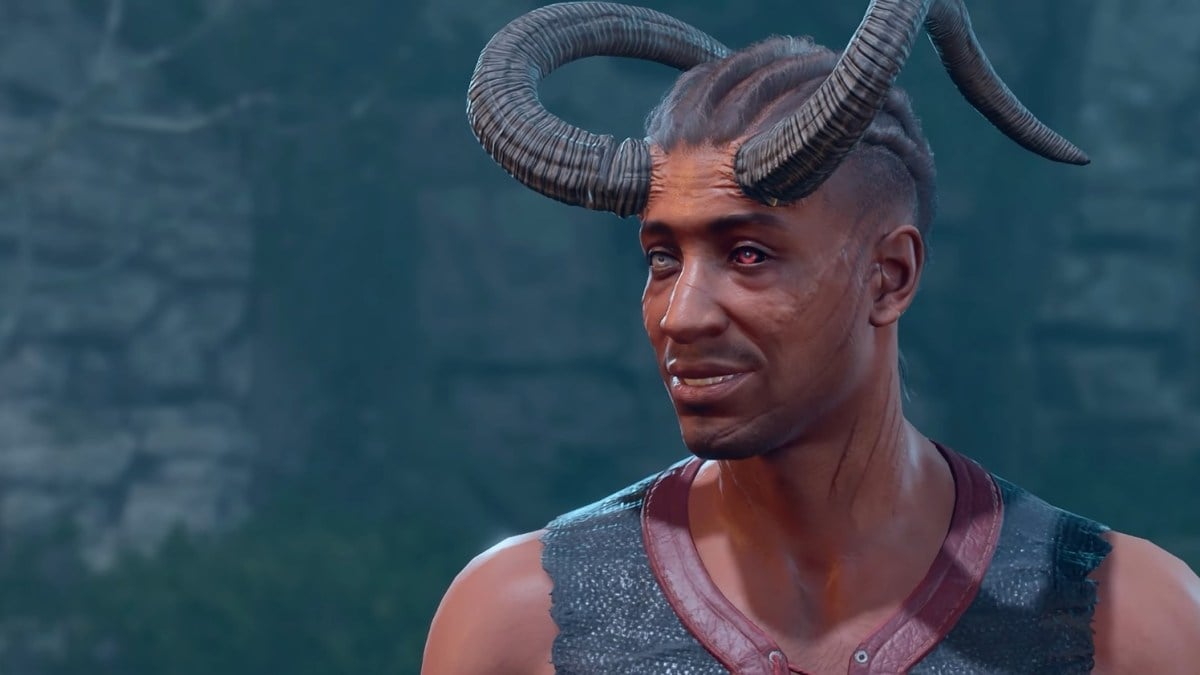
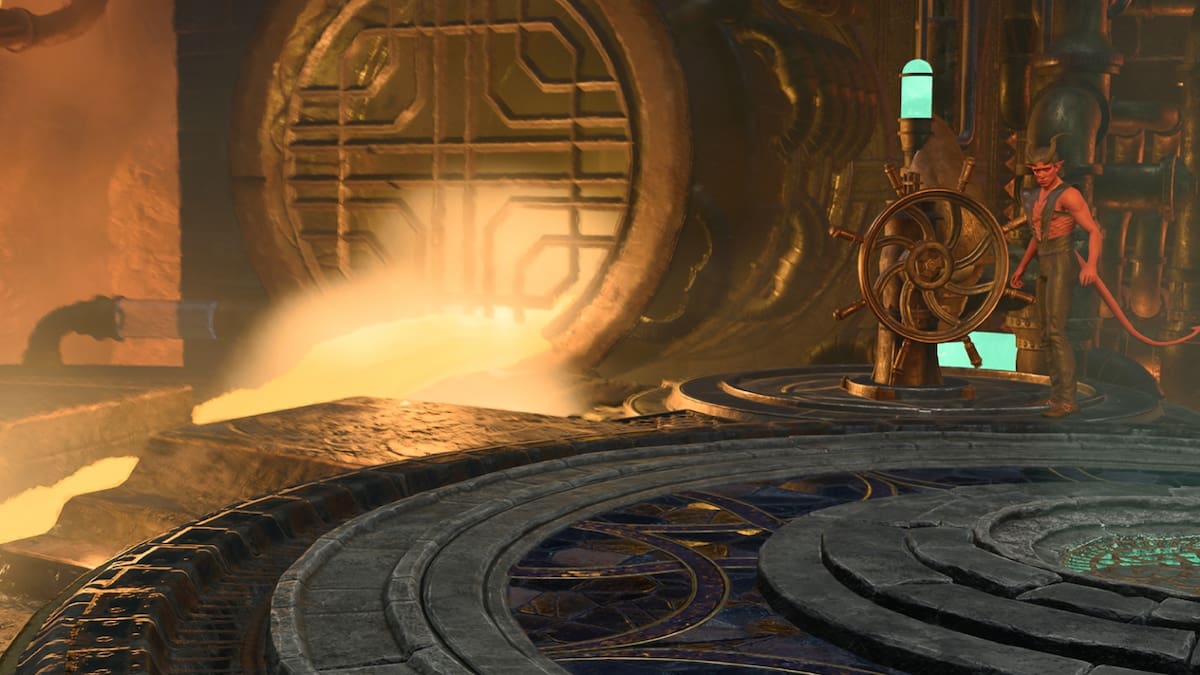
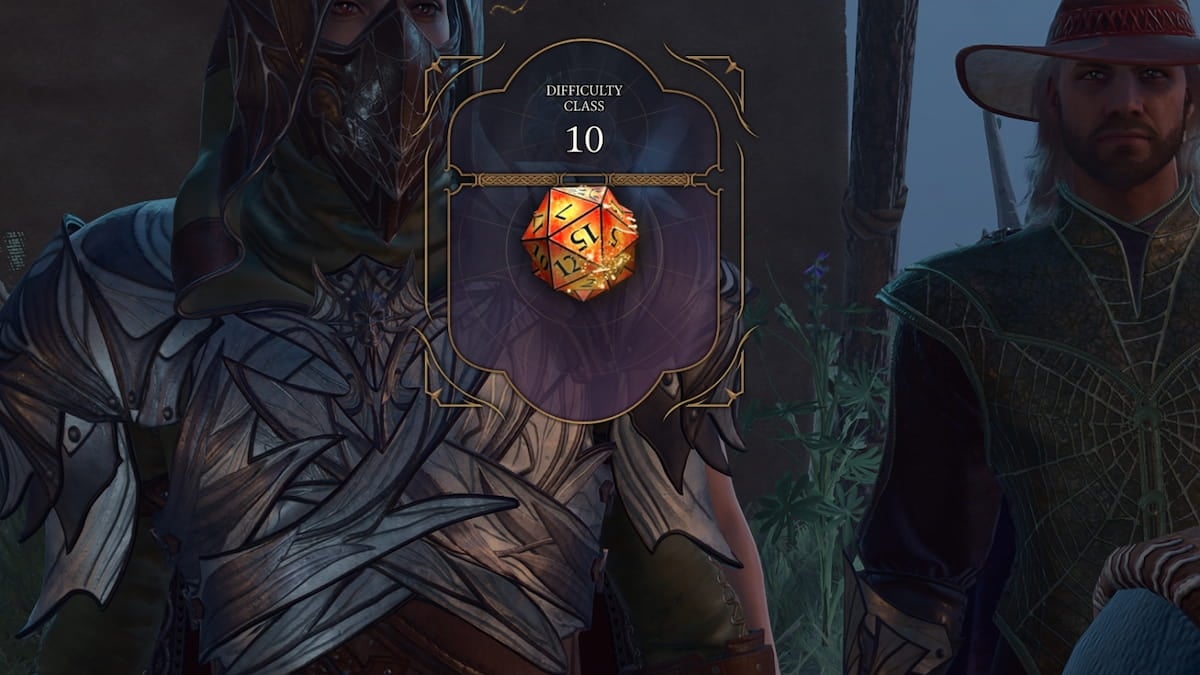
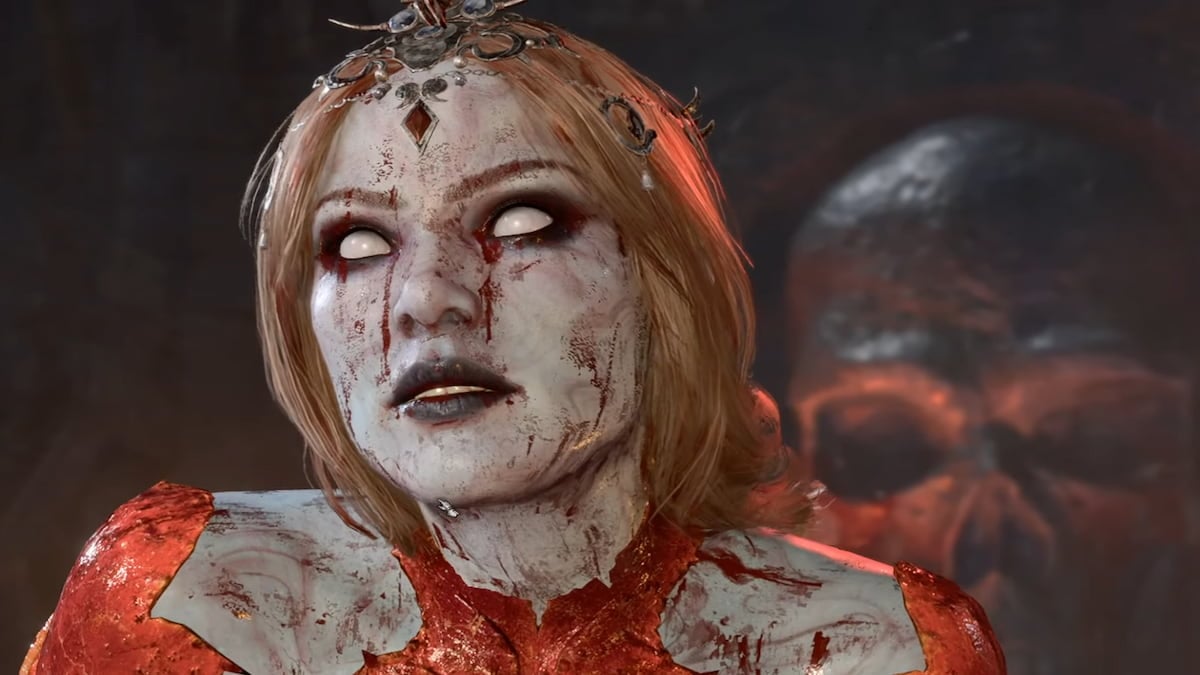
Published: Mar 28, 2024 08:02 am